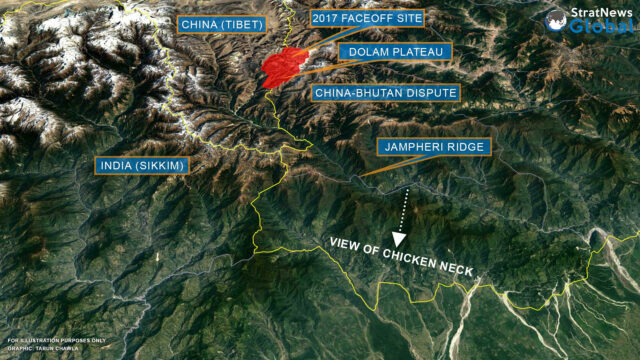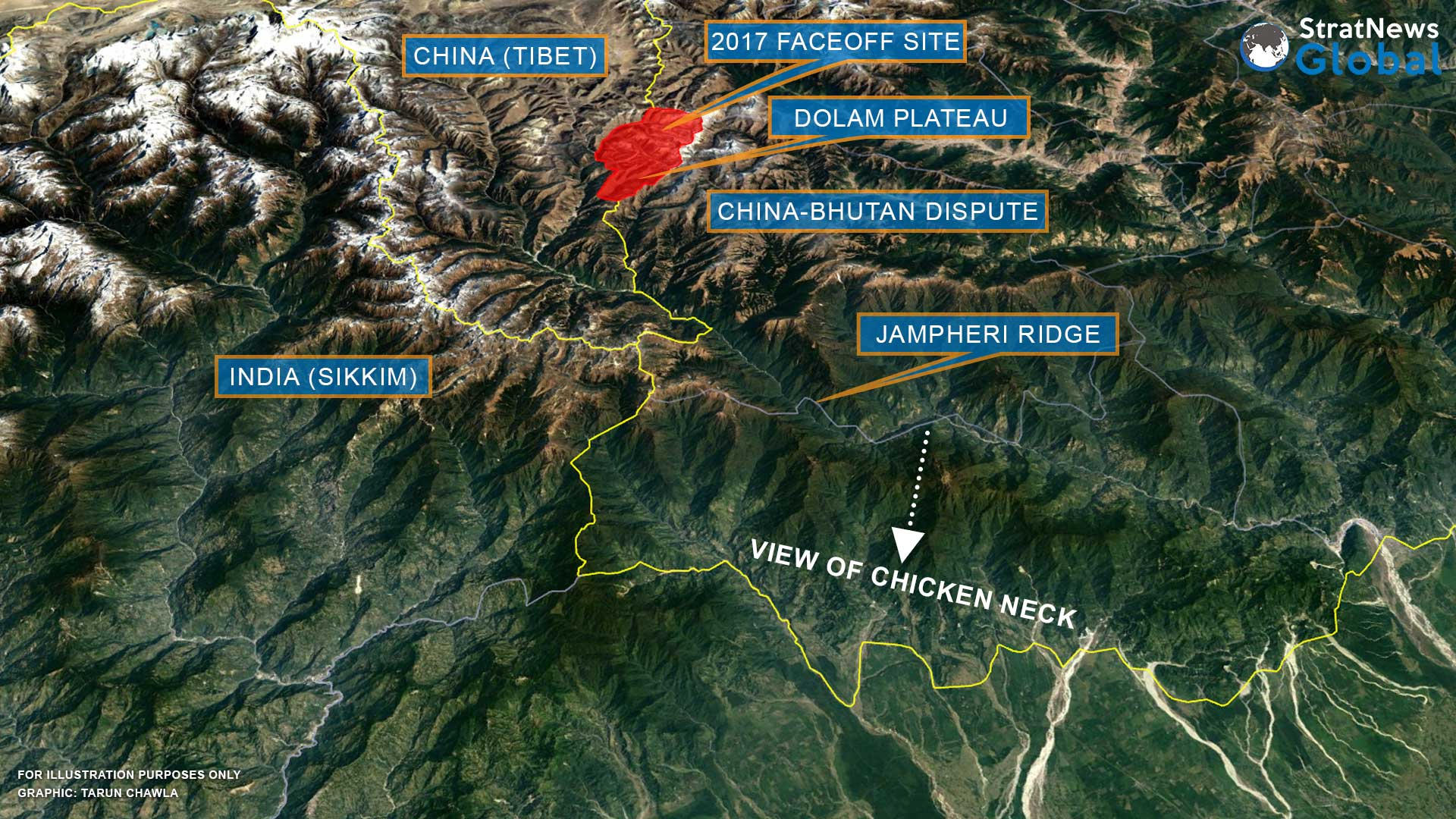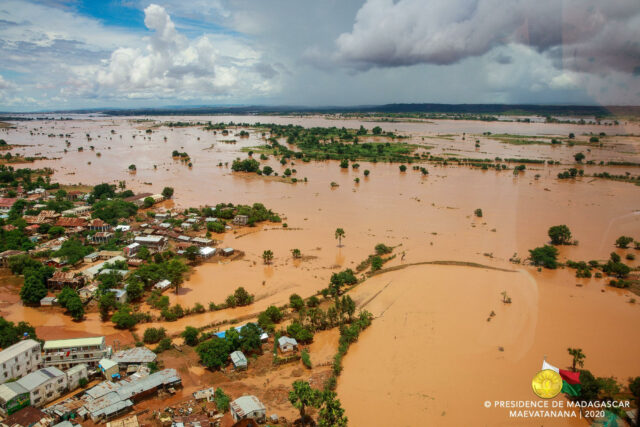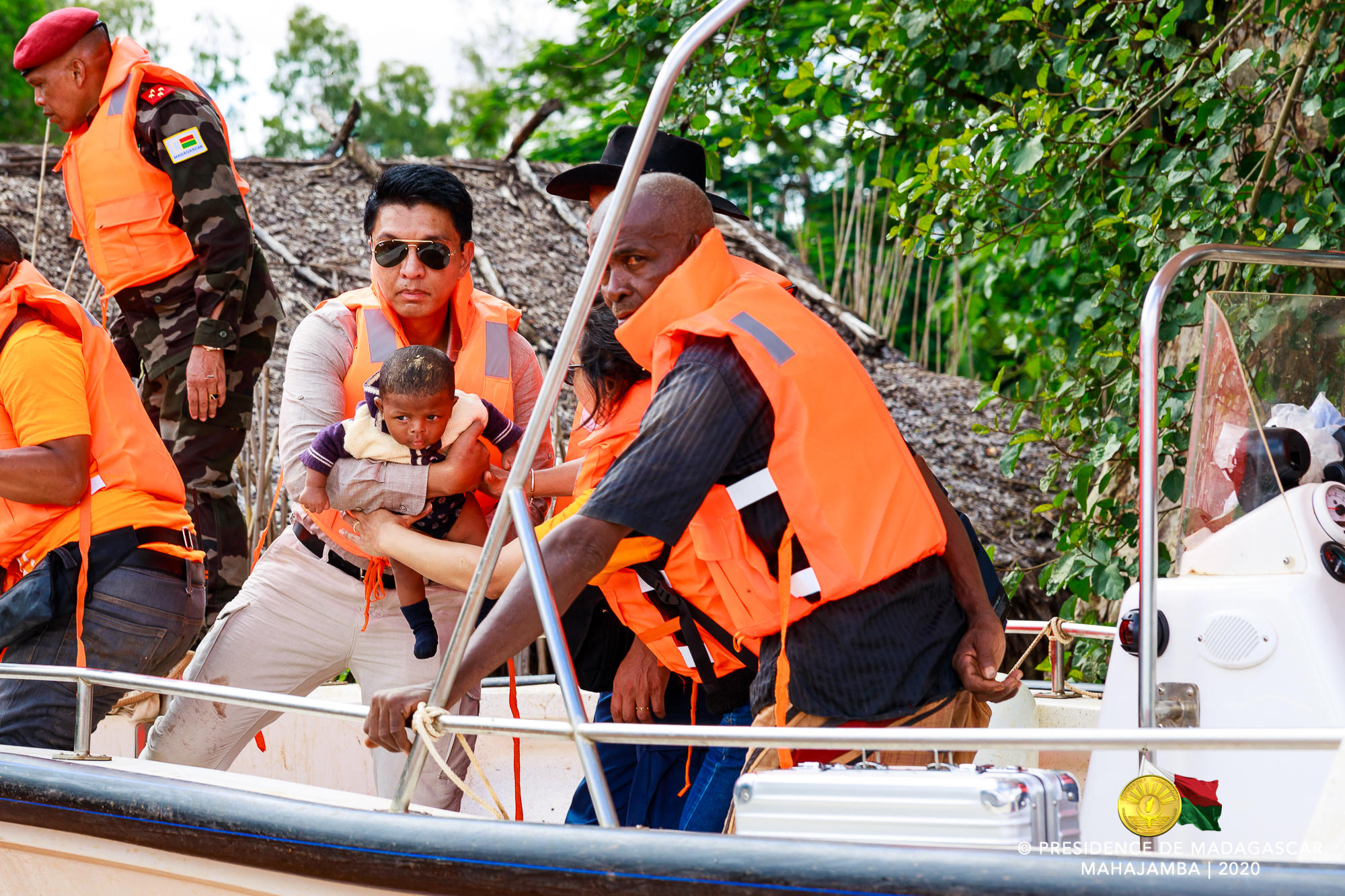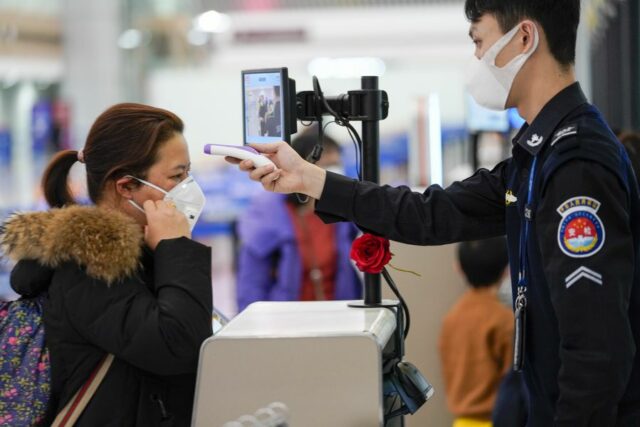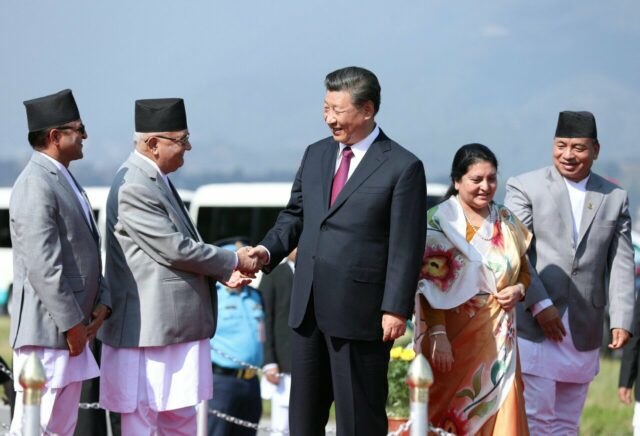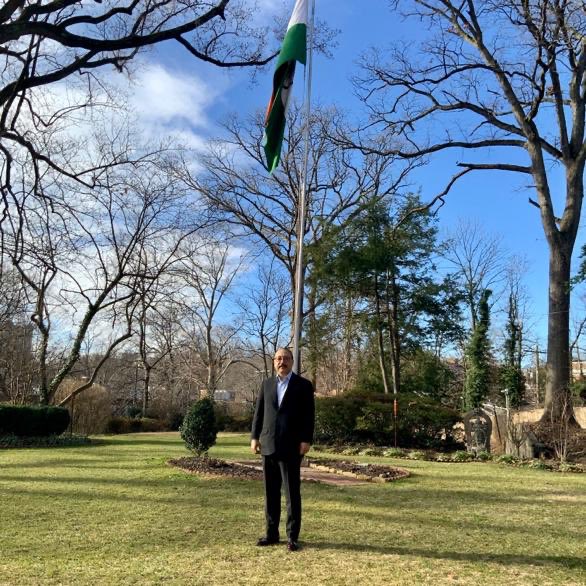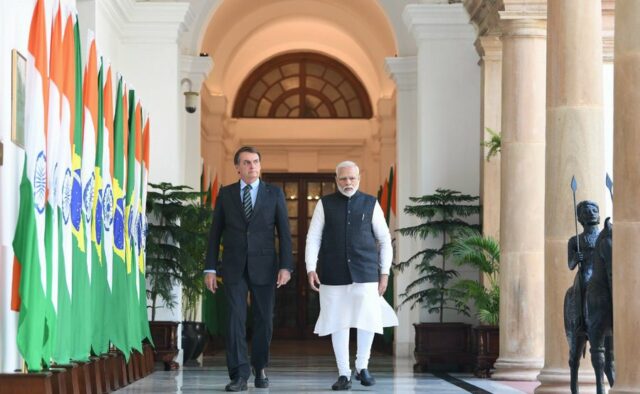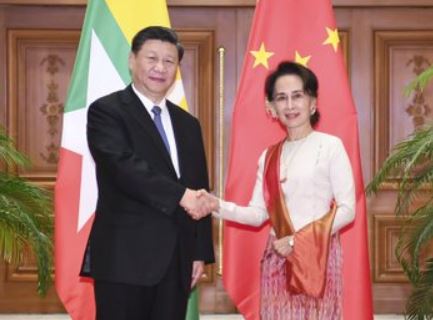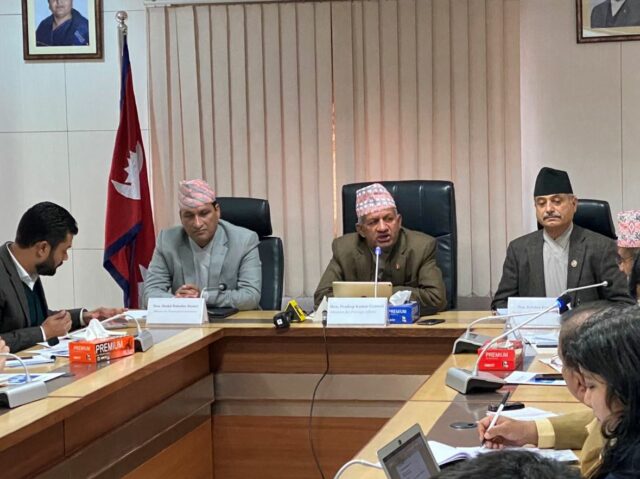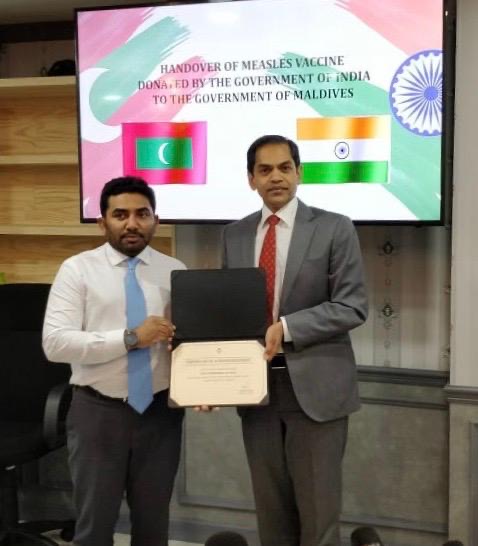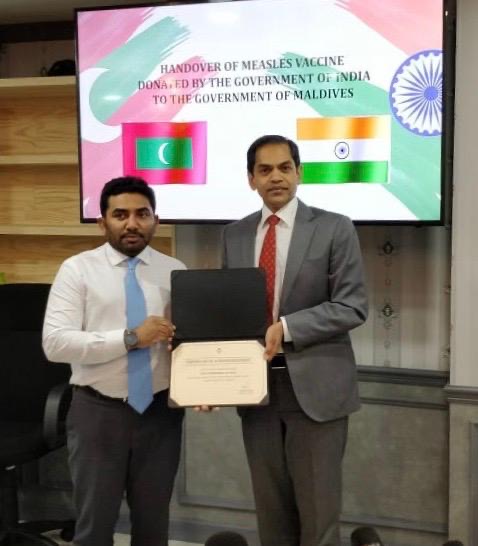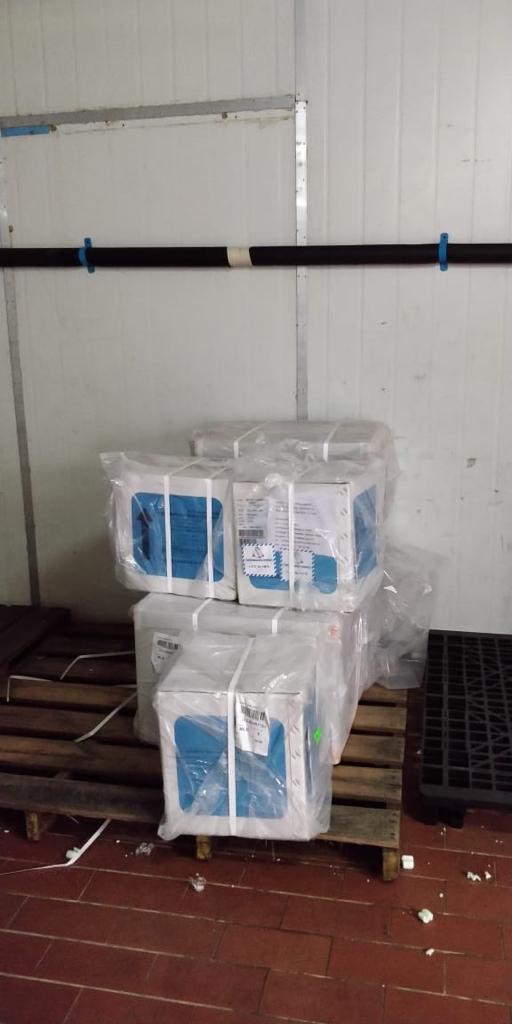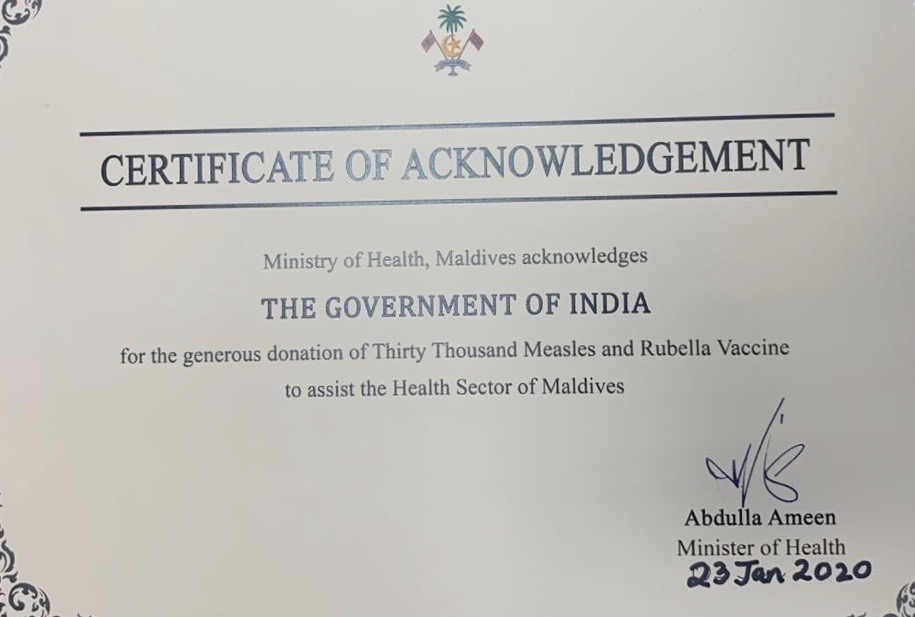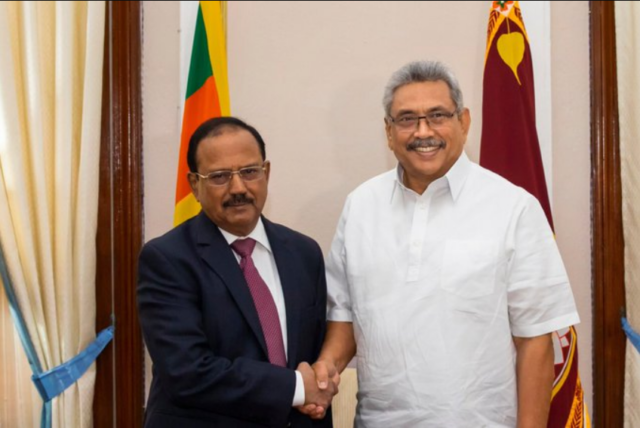“Anyone attempting to split China in any part of the country will end in crushed bodies and shattered bones… And any external forces backing such attempts dividing China will be deemed by the Chinese people as pipe-dreaming!”
Who were those remarks of China’s President Xi Jinping during a conversation with Nepal’s Prime Minister K.P. Sharma Oli in Kathmandu last October aimed at? At the U.S.? Perhaps India, unlikely since Delhi has neither the intention nor the capacity. Or were they meant to pressure Nepal to deliver on an extradition treaty allowing the deportation of Tibetans to China?
The Chinese have never clarified but President Xi’s remarks made it clear that no challenge to the One China policy would be tolerated. And the message to Nepal was that it must keep a tight rein on the 20,000-strong Tibetan community in the country.
One of the reasons for Nepal’s salience in Beijing’s geostrategic matrix is Tibet, which was independent until the Chinese annexed it in 1951. Nepal’s northern border is contiguous with Tibet and therefore the most convenient route for Tibetans seeking sanctuary further beyond in India. Beijing was keen to see the extradition treaty inked as it would’ve allowed the deportation of Tibetans involved in dissident activities in Nepal against China. It would’ve further bolstered Beijing’s campaign to quell the movement for an autonomous Tibet.
Yet, for all the sabre-rattling by President Xi, the first Chinese head of state to visit Nepal in 23 years, Beijing could not get Kathmandu to sign the extradition treaty. Nepal refused, citing its right as a sovereign nation.
Tibet is “the main issue for the Chinese,” according to Prof. Srikant Kondapalli of the Centre for East Asian Studies at the Jawaharlal Nehru University in New Delhi. He noted that signing the extradition treaty “would have created a lot of unrest within Nepal.”
In his view, President Xi’s remarks were unprecedented since “no Chinese leader has made such an undiplomatic comment domestically or abroad”.
The remarks were taken note of by the Indian establishment, which drew some consolation from the fact that Kathmandu refused to sign the extradition pact. Beijing has been doing some effective muscle-flexing with Kathmandu on Tibetans living in Nepal, getting the local authorities to come down heavily on dissident Tibetan activity.
The extradition pact would have helped China. As a senior Indian diplomat explained: “ First, they (China) don’t want Tibetans to be crossing Nepal either to go to India or return to Tibet. Second, the treaty would have enabled Beijing to seek the repatriation of Tibetans crossing over into Nepal.”
He said that the Chinese are “very sensitive” about Tibetan activity within Tibet. “If something happens within Tibet, they seal the borders with Nepal,” he said citing the 2008 riots in Tibet.
While India may feel smug about Xi’s “big failure” in Nepal, it’s well aware that China is making steady inroads into a region once considered within India’s sphere of influence. “China understands the relationship Nepal has with India and it is making increasing inroads in that country,” remarked another Indian diplomat. Among the other reasons why Beijing is seeking to increase its footprints in Nepal is because “it sees the country with the increasing probability of gaining access to the Bay of Bengal,” he added.
Aside from being the first Chinese president to visit Nepal in 23 years, there were other dividends. The bilateral relationship was elevated to a “strategic partnership” (from “comprehensive”), the two sides inked 20 pacts and Xi promised $49 million in development aid over the next two years.
The China-Nepal tango is also visible in the eight joint commissions currently operational, the latest one being on energy. The impetus for this, say Nepal watchers, came after the 2015 economic blockade imposed by India that saw the Himalayan nation suffering from huge fuel shortages.
“The blockade alienated Nepal from India,” said Prof. SD Muni, a former Jawaharlal Nehru University lecturer who is now with the Institute of Defence Studies and Analyses (IDSA). According to him, it’s the reason why Nepal “badly needed China to come in to do the balancing act”.
As for the numerous pacts signed during the Chinese President’s visit, Prof. Muni noted: “These are a political statement rather than an economic statement,” hinting that Kathmandu uses China as leverage against Delhi. China is seeking to deepen its influence in Nepal through the Confucius Institutes, 30 of which have come up during the last decade. These institutes are seen as a powerful tool of China’s soft power and are lavishly funded by Beijing ($100,000 annually).
While a suspicious India has chosen to remain out of China’s ambitious Belt and Road Initiative (BRI), land-locked Nepal, in its efforts to reduce dependence on India for connectivity, has joined BRI despite the fear of falling into a debt-trap. The two countries have agreed to cooperate in building roads, railways, ports and airports, within the “overarching framework of trans-Himalayan Multi-Dimensional Connectivity Network”.
China is assessing the viability of a trans-Himalayan railway which could see link connecting Kathmandu with Xigaze in Tibet and thence onwards to Lhasa through an existing rail link. Beijing has also promised access to its seaports though New Delhi sees this as a “red herring”. “It’s just a gesture. It’s not viable financially. Why would goods from Nepal be transported 3,000 km to Chinese ports when they have access to Kolkata that’s just 800 km away,” asked an Indian diplomat.
While India has stepped up work on connectivity and infrastructure projects in Nepal, its resources are clearly no match for China’s. Criticism is also directed frequently at New Delhi for not delivering projects on time.
Even as China is the biggest source of foreign direct investment (FDI) in Nepal, it is also hedging on spending. According to an Indian official, “China wants to invest in Nepal but when it goes to them with a project proposal, they’re asked to scale down the number of projects.”.
There’s another aspect to the China-funded projects and other initiatives in Nepal— many Chinese companies are on the Nepal government’s watch-list, said the official. For instance, the Nepal Rashtra Bank in May 2019 barred Chinese tourists—nearly 1,00,000 of them visit the Himalayan nation annually—from using Chinese digital wallets Alipay and WeChatPay, to make payments as these were being used in an “illegal manner”.
So is Nepal increasingly tilting towards China? “Not yet,” was the response of a diplomat who’s been keenly watching the trajectory of China-Nepal in recent years. “Basically, they’re seeking to build influence and see if they can make Nepal tilt more towards China.”
Prof. Muni summed it up: “The Chinese are far more interested in coming into Nepal than the Nepalese are in getting the Chinese into their own country, therefore the push from Beijing is far greater.” Either way, New Delhi knows it can no longer bank on the traditional “roti-beti ka rishta” to keep its ties with Kathmandu on an even keel.





